A cargo ship or a freighter ship is any sort of ship or vessel that carries cargo, goods, and materials from one port to another. Cargo ships or vessels come in different types and sizes to meet the various demands of marine cargo transportation. Cargo ships are categorized partly by capacity and partly by dimensions (often related to the different canals and canal locks they are traveling through). Sizes of cargo vessels range from a modest handy size carriers (10,000 - 30,000 DWT) to mammoth VLCC and ULCC super tankers with a capacity to carry cargoes of more than 200,000 DWT these vessels are divided into categories mentioned below.
DRY CARGO VESSELS
1. Container Vessels The container vessel is most common mode of transport used for carrying 20’, 40’ and 45’ containers. These come in various sizes ranging from 85 teus to 15,000 teus. ( TEUS = 20 equivalent units).
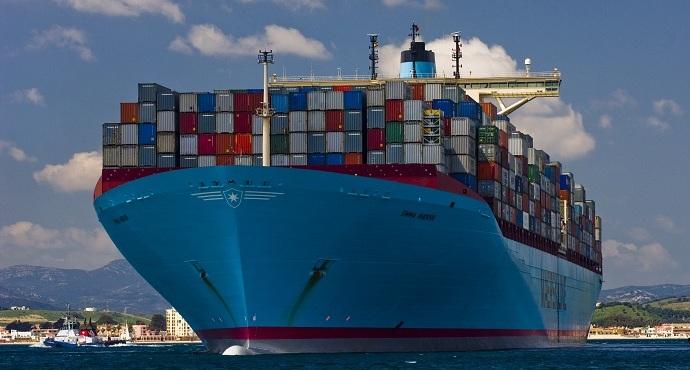
2. Reefer Vessels A Reefer (or Refrigerated) vessel is specifically designed and used for shipping perishable commodities which require temperature controlled , mostly fruits, meat, fish, vegetables, dairy products and other foodstuffs.

3. Ro-Ro ( Roll on –Roll off) Vessels Used for the carriage of wheeled cargoes like cars, buses, tractors, truck, trailers, bulldozers, excavators, and even smaller ships. These vessels have built-in ramps that allow the cargo to be efficiently rolled on and off the vessel when in port.

4. Tankers
Tankers are used for carriage of various liquids cargoes like petroleum, oil, chemicals etc.

5. BULK VESSELS
Bulk vessels are used to carry bulk commodities like wheat, sulphar, coal, grain, ore and other similar products in loose form.
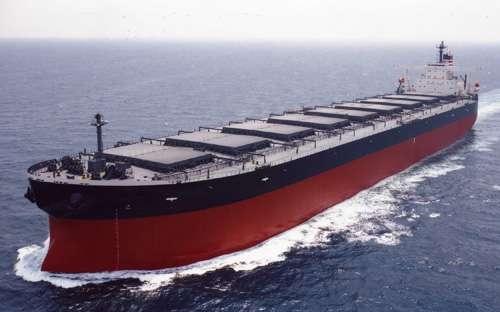
6. BREAK BULK VESSELS
Break bulk vessels are used for carriage of various kinds of cargoes like bagged cargo (cement, sugar etc.), palletized cargo (paint, chemicals, etc.), timer etc.
7. MULTI PURPOSE VESSELS
As the name suggest these vessels are used for carriage of different classes of cargo – e.g. liquid and general cargo – at the same time. These are very useful vessel especially along certain routes which require self-geared vessels and do not have shore handling facilities.
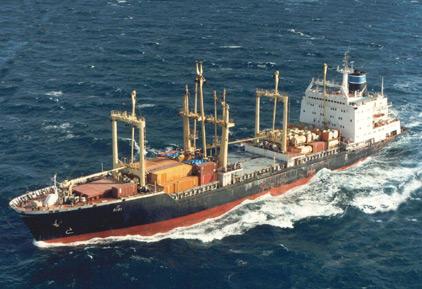
8. CRUDE CARRIERS
Used for carriage of crude oil – There are further classified as VLCC (Very Large Crude Carriers) and ULCC (Ultra Large Crude Carriers).
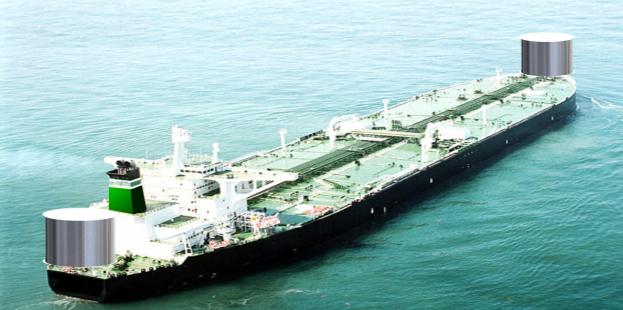
9. LNG CARRIERS
Used for the carriage of Liquefied Natural Gas.
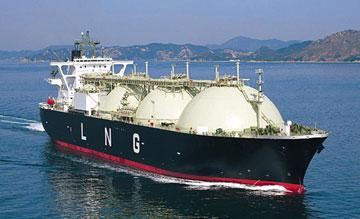
10. Vessel Glossary
Aframax:-An ocean-going crude oil tanker vessel of standard size between 80,000 and 119,000 dwt that is the largest crude oil tanker size in the AFRA (Average Freight Rate Assessment) tanker rate system.
Capesize:-An ocean-going cargo vessel that is physically too large to fit through the locks of either the Panama or Suez Canals and therefore must voyage via Cape Horn at the southernmost tip of South America to get to or from the Atlantic and Pacific Oceans, or the Cape of Good Hope at the southernmost tip of South Africa to get to and from the Indian and Atlantic Oceans. Capesize vessels generally serve deepwater terminals handling raw materials, such as iron ore and coal.
Handymax:-A small bulk or oil tanker vessel of 30,001 to 50,000 dwt that is a larger version of the popular Handysize vessel.
Handysize:-A small bulk or oil tanker vessel that is suited to tie up at a T2 type pier. These vessels are a maximum of of 10,000 to 30,000 dwt. These vessels are more manoeuvrable and have shallower draft than larger vessels and therefore make up the majority of the world's ocean-going cargo fleet.
Panamax:-An ocean-going cargo vessel of the maximum size possible to pass through the locks of the Panama Canal, which are 1000ft long by 110ft wide and 85ft deep. These vessels are typically of 50,000 to 80,000 dwt, 965ft (290m) in length; 106ft. (32.3m) beam; and 39.5ft (12.04m) draft.
Suezmax:-An ocean-going cargo vessel of the maximum size possible to pass through the locks of the Suez Canal in Egypt. This standard has evolved over time. Prior to 1967, a Suezmax was a maximum of 80,000 dwt. The canal was closed between 1967 and 1975 because of the Israel-Arab conflict. Upon reopening in 1975, after many modifications to the locks and canal itself, the maximum was increased to 150,000 dwt.
Ultra Large Crude Carrier (ULCC):-An ocean-going crude oil tanker of 300,000 to 550,000 dwt. These are the largest vessels in the world and are used for carrying crude oil on long haul routes from the Arabian Gulf to Europe, America and the Far East, via the Cape of Good Hope. These vessels require custom built terminals for loading and discharge.
Very Large Crude Carrier (VLCC):-An ocean-going crude oil tanker of 200,000 to 299,999 dwt. These vessels have greater flexibility than ULCCs due to their smaller size and are used extensively in the Mediterranean, West Africa and the North Sea. These vessels can sometimes be ballasted through the Suez Canal.
Very Large Ore Carriers (VL Ore Carriers):-Size: 200,000+ dwt.
These vessels are the largest bulk carriers and also cannot pass through either the Panama or Suez canals.
Coastal:-Size: 3,001 dwt - 10,000 dwt.
These are the smallest tankers and are generally used in coastal waters requiring a shallow draft. Coastal tankers typically carry kerosene, heating oils, fuels and chemicals.
Small:-Size: 10,001 dwt - 19,000 dwt
This is the next size up tanker and is still often used in coastal waters. These also typically carry kerosene, heating oils, fuels and chemicals.
Medium or Handymax:-Size: 25,001 dwt - 45,000.
Alternate: 35,000 - 49,999 dwt
This is a larger "Handy" sized vessel.
Large/Long Range One (LRI):-Size: 45,001 - 70,000 dwt.
Alternate: 45,000 to 79,999.
Large/Long Range Two (LRII):-Size: 70,001 - 100,000+ dwt.
Alternate: 80,000 - 159,999.




